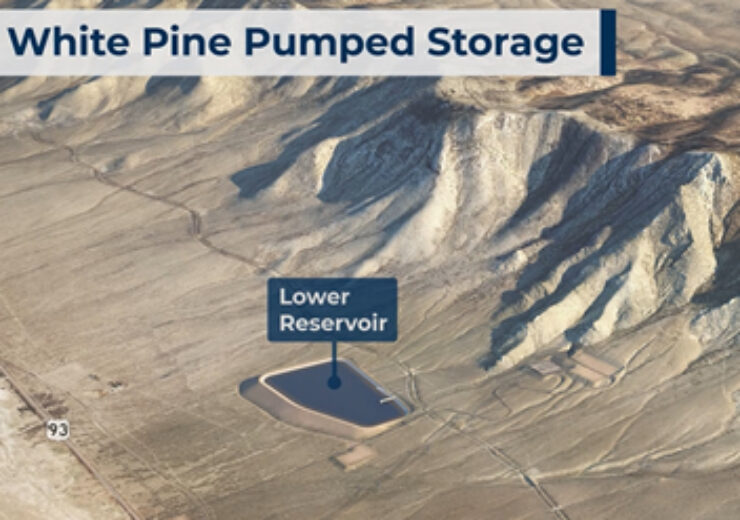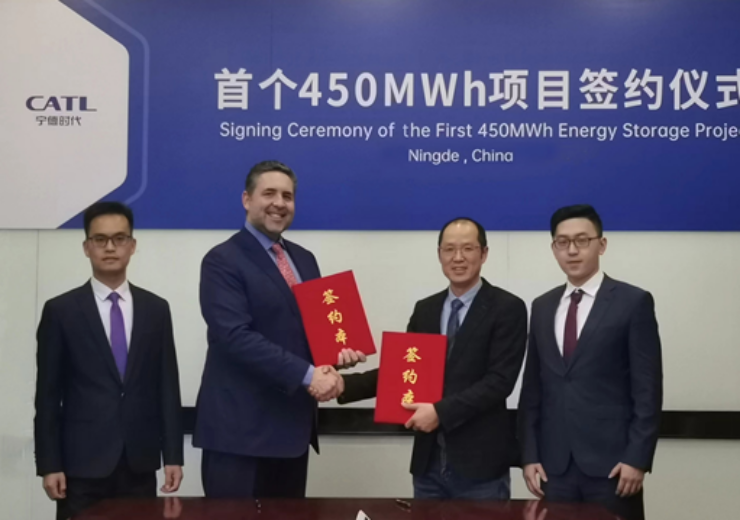https://www.h2-mobile.fr/actus/etats-un ... hydrogene/Etats-Unis : 7 milliards de dollars pour les hubs hydrogène
24.09.2022 LA RÉDACTION h2-mobile
Le ministère américain de l'Énergie (DOE) vient d'ouvrir les candidatures pour un projet de plusieurs milliards de dollars. Celui-ci vise la création d'hubs régionaux d'hydrogène propre (H2Hubs) à travers les USA.
Ces H2Hubs auront pour objectif de créer des écosystèmes d'hydrogène à grande échelle, financièrement viables et qui remplaceront les solutions actuelles à forte émission de carbone.
Chacun d'entre eux sera soutenu par plusieurs partenaires locaux et régionaux qui mettront en commun diverses technologies afin de générer et d'utiliser de grandes quantités d'hydrogène propre pour différentes applications.
Le DOE a défini quatre étapes pour le déploiement de ces hubs.
> La première étape prendra la forme de planifications et d'analyses avec les parties prenantes concernées pour s'assurer que le concept du H2Hub est viable sur le plan technologique et économique.
> La seconde étape consistera à finaliser les développements techniques et commerciaux, l'accès au site, les accords professionnels, les permis, les contrats d'acquisition et les activités d'engagement communautaire permettant le lancement de l'étape suivante.
> La troisième étape consistera à lancer les différentes activités d'installation, d'intégration et de construction.
> La quatrième étape permettra enfin d'exploiter le H2Hub. Cette dernière phase inclura une collecte d'informations permettant d'analyser les opérations, la performance et la viabilité économique du hub.
Pour le lancement du projet, le DOE sélectionnera 6 à 10 hubs subventionnés par un financement fédéral d'un montant maximal de 7 milliards de dollars. Les documents conceptuels devront lui être remis avant le 7/11/2022 et les demandes complètes avant le 7/04/2023.
https://www.h2-mobile.fr/actus/etats-un ... hydrogene/


